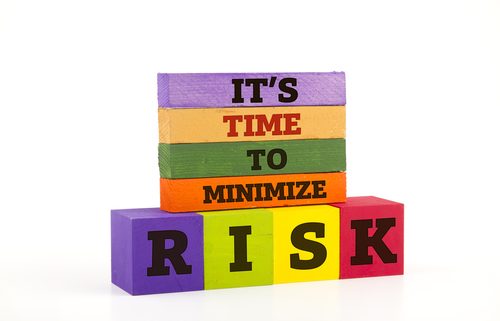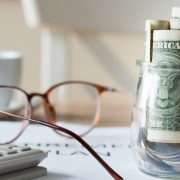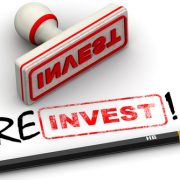How to Minimize Risk in a Self-Directed IRA
Using a Self-Directed IRA to fund your retirement is a great way to expand your portfolio and secure some more financial freedom for yourself. But any investment strategy will include risk. For many, the idea of directing your own account can be a nerve-racking one—one in which you have to face the forces of the market alone.
The good news is that there are plenty of ways to reduce risk with your Self-Directed IRA. And that added security comes in many forms. Here’s what you will need to do:
Build an “All-Weather” Portfolio with a Self-Directed IRA
The “all-weather” portfolio is a term for a portfolio that can withstand a wide range of market conditions. With enough foresight and planning, you can build a portfolio that will withstand these, too:
- Make use of the full range of available asset classes. This doesn’t mean that you need to invest in every available opportunity: tax liens, private equity, precious metals, raw land, etc. But make use of these diverse asset classes by building a portfolio that’s more than just stocks and bonds.
- Build a hedge against inflation. Some of the best asset classes for hedging off inflation include commodities like gold and silver and real estate. By building a sizeable real estate portfolio, for example, you can secure a cash flow even in down economies.
How much should you invest in every asset class? That’s a question that will be up to every individual Self-Directed IRA investor. But by including at least a sizeable portion in alternative asset classes, you can hedge against inflation and be well-prepared when the next stock market downturn takes place.
Minimizing Risk of Identity Theft or Self-Directed IRA Fraud
It’s not just portfolio risk that should concern investors. If you are going to protect your Self-Directed IRA, you need to be aware of the modern-day risks of identity theft and even IRA fraud. Here are a few essential steps:
- Work with a reputable Self-Directed IRA administration firm. This firm should have the security safeguards in place to protect all relevant information.
- Avoid investment “offers” that come to you totally unsolicited. You have to be wary about where you put your money, particularly if someone approaches you about using your Self-Directed IRA money toward a “can’t-miss opportunity.” Stick to your plan and be wary of outsiders telling you how to invest your money. Another thing to avoid: any time someone tells you that they have a “guaranteed return.”
- Protect all your passwords. Any passwords to online accounts—such as banks, emails, and the like—should be protected. Use password management software to ensure security and high-quality passwords that are difficult to crack.
Building a Portfolio Designed to Stand the Test of Time
Investing for retirement is not like pumping money into a stock and hoping for a quick return. With a retirement portfolio, the goal is to produce consistently strong results, year in and year out, to the point of decades at a time. That kind of consistency requires a broader approach to investing.
One way to take on this broader approach is to follow the steps as outlined in the “all-weather” portfolio section above. But you can also build a sturdier financial foundation by improving your own ability to invest. Invest in yourself. Invest in knowledge. Invest in your career—securing a higher income for yourself—and your ability to self-direct your way to retirement. And make full use of the broad range of retirement accounts the IRS makes available to you.
Interested in learning more about Self-Directed IRAs? Contact American IRA, LLC at 866-7500-IRA (472) for a free consultation. Download our free guides or visit us online at www.AmericanIRA.com.










